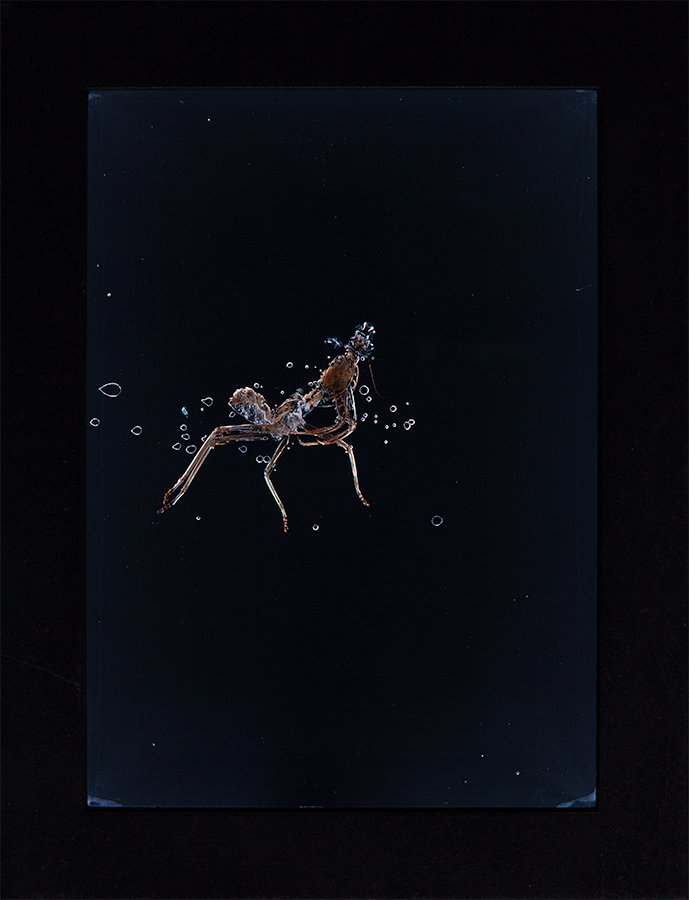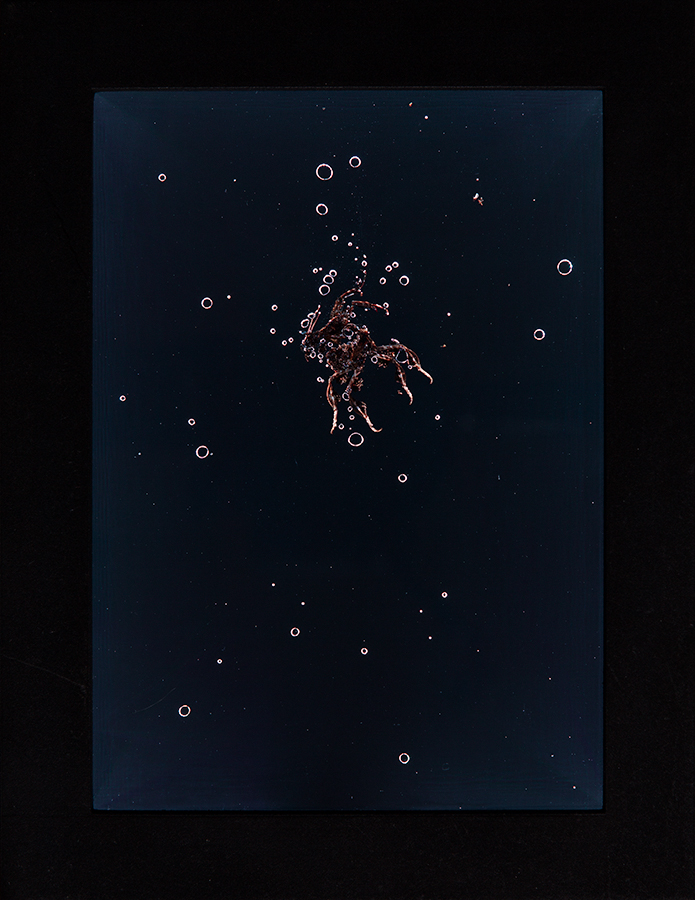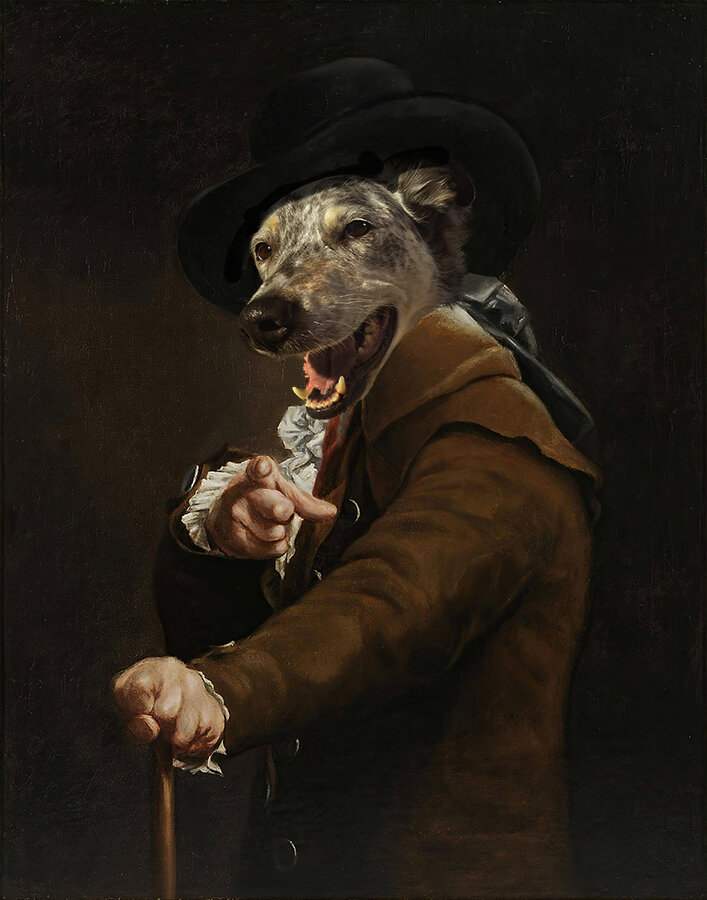Here are finalized versions of both of these. It's nice to have them done 'done' and I will be dropping them off at Gallery 72 soon. I have no idea when I'll put them in a final show. The head is about perfect as is. The texturing on the base is accidental. The mold release ended up doing strange things as it solidified. The base is also vaguely ferrous. I used iron shavings to color it black assuming that I could get a very superficial rust with a delightful matte black. The color and tonality with light on it is pretty stellar but no rust effect. However the strange texturing more than trumps any loss of the rest effect.
The mantis scan is a new version of the scan. It's the same photos but ran through a much stronger program from agisoft that produced a far better base model. There was still extensive clean up (holes in the head and shield area, fill under the arms, etc) but still way more detailed than what I got out of recap with the same base photos. Model is 11.5" tall. I would prefer larger but cost becomes prohibitive as it would force me to use someone other than DoSpace. Even after literally doubling their prices they are still the people to go for getting stuff printed at a reasonable price. It was printed hollow and then filled with resign to give it some proper weight.




























